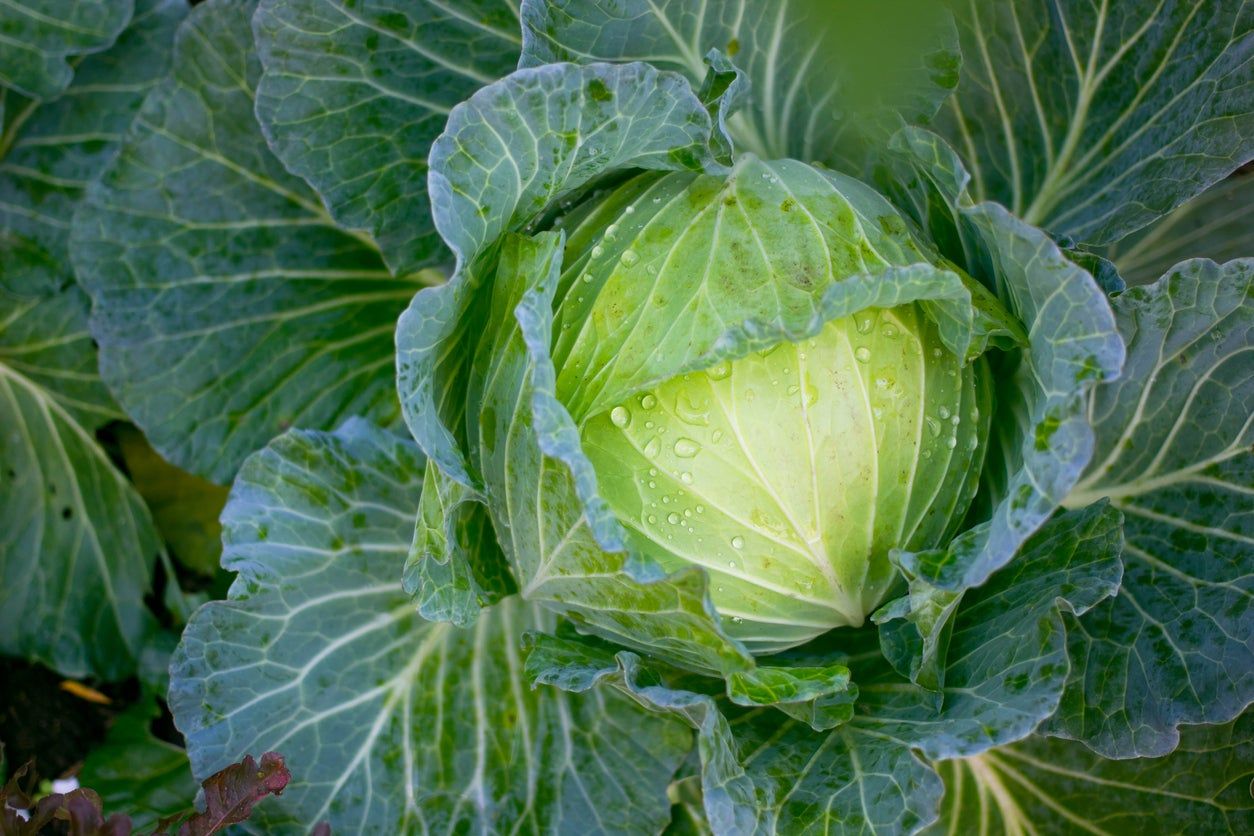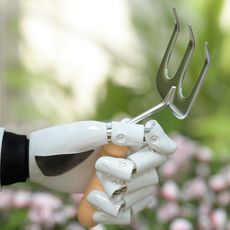Tiara Cabbage Variety – How To Grow Tiara Cabbages


There is no doubt that greens such as lettuce and spinach are commonly planted by growers wishing to extend their spring and fall seasons. However, many may overlook larger members of the Brassica family, like cabbage. Though it is true that some varieties of cabbage can require a bit of space in the garden, other smaller cultivars are ideal for home gardens and raised vegetable beds. The Tiara cabbage variety is perfect for anyone wishing to enjoy homegrown cabbages without large growing spaces.
How to Grow Tiara Cabbages
Reaching sizes up to 3 lbs. (1 kg.), these early maturing hybrid cabbages are ideal for use in salads, stir fry, slaw, and sauerkraut. Since plants remain small, tight spacing allows growers to use the area more efficiently. In addition to their growth habit, these cabbages hold well in the garden. This allows for a larger harvest window throughout the growing season.
Growing Tiara cabbage variety is similar to growing other cultivars. First, growers will need to determine the best time for planting. Growing Tiara cabbage can be done in both the spring and the fall.
In general, spring cabbage seeds are sown indoors about six weeks before the last frost date. The Tiara cabbage plants can then be hardened off and moved into the garden in early spring as temperatures begin to warm. Cabbage plants to be harvested in the fall will need to be sown in midsummer. These plants will likely require protection from insects and other garden pests as they become established.
Tiara Cabbage Care
Tiara cabbage plants will require care throughout the growing season to ensure the best results. As with most cabbages, consistent moisture is key to reaching their full potential. Establish an irrigation routine early in the season, making certain to avoid periods of excess moisture. Controlling moisture is vital, as it can cause the cabbages to split or to become diseased. When possible, avoid watering the leaves of the plants, as this may lead to fungal infections.
Cabbage growers will also need to consider the presence of cabbageworms, loopers, and other insects. Though insect pressure may be less in early spring, summer conditions can exacerbate these problems. The use of controls will likely be necessary. While there are chemical solutions available, many growers choose more organic methods, like floating row covers, as a means to prevent damage. Regardless of the control, always make certain to follow manufacturer’s instructions per the product label.
Gardening tips, videos, info and more delivered right to your inbox!
Sign up for the Gardening Know How newsletter today and receive a free copy of our e-book "How to Grow Delicious Tomatoes".

Tonya Barnett has been gardening for 13 years. Flowers are her passion. She has transformed her backyard into a cut flower garden, which she regularly chronicles on her YouTube channel http://www.youtube.com/@tonyawiththeflowers.
-
 The Dangers Of AI For Gardening – How To Know What’s Real When It Comes To Your Garden
The Dangers Of AI For Gardening – How To Know What’s Real When It Comes To Your GardenThings aren’t always what they seem when it comes to using AI for gardening. Be discerning when relying on AI for accuracy, and take the time to do research.
By Teo Spengler
-
 Best Determinate Tomatoes: Compact Varieties With Big Yields For Cooking & Canning
Best Determinate Tomatoes: Compact Varieties With Big Yields For Cooking & CanningDeterminate tomatoes are prized for their compact growth and bountiful harvests. Learn their characteristics and choose the best varieties for your garden.
By Bonnie L. Grant